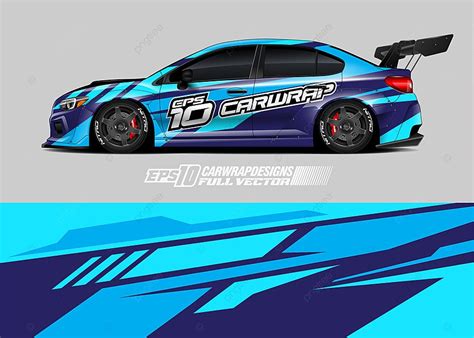Vehicle Graphics: Stand Out from the Competition with Effective Pricing
Vehicle graphics are a powerful marketing tool, transforming your vehicles into mobile billboards that generate brand awareness and attract new customers. But how do you price your vehicle wrap services competitively while ensuring profitability? This comprehensive guide explores effective pricing strategies for vehicle graphics, helping you stand out from the competition and maximize your return on investment.
Understanding Your Costs: The Foundation of Effective Pricing
Before you even think about pricing, you need a firm grasp on your costs. This goes beyond just the materials. Consider these key factors:
- Materials: This includes the vinyl itself, laminates for protection, and any additional materials like perforated vinyl (for window applications) or over-laminate. Factor in different vinyl types and their varying costs.
- Labor: This is often the largest expense. Account for the time spent on design, printing, prepping the vehicle, installation, and any potential rework. Consider your hourly rate and the estimated hours per project. Different vehicle sizes and complexities will significantly affect labor costs.
- Design Fees: If you offer design services separately, clearly define your pricing structure. Factor in complexity, revisions, and turnaround time.
- Overhead: Don't forget your fixed costs like rent, utilities, insurance, software subscriptions, and marketing expenses. These should be incorporated into your pricing.
- Profit Margin: This is crucial. Determine a reasonable profit margin that aligns with your business goals and covers unexpected expenses. A 20-30% profit margin is a common target, but this can vary based on your market and business structure.
Different Pricing Models for Vehicle Graphics
Several pricing models can be used, each with its own advantages and disadvantages:
- Per-Square-Foot Pricing: This is a straightforward method, charging a set price per square foot of vehicle surface area to be wrapped. It's easy to calculate but may not fully account for the complexity of the design or installation.
- Hourly Rate Pricing: This model charges based on the time spent on the project. While transparent, it can be challenging to accurately estimate time beforehand, potentially leading to undercharging on complex projects.
- Project-Based Pricing: This method involves providing a fixed price for the entire project, encompassing all materials, labor, and design costs. It offers clarity for clients but requires careful estimation upfront to prevent losses.
- Package Pricing: Offer pre-defined packages catering to different vehicle sizes and graphic complexities. This simplifies the pricing process for both you and your clients. Packages can include additional services like design, installation, and even maintenance.
How to Price Your Vehicle Graphics Competitively
- Research Your Competition: Analyze the pricing of your competitors. Understand their pricing models, service offerings, and target market. Don't just undercut; focus on offering superior value.
- Consider Your Target Market: High-end clients might be willing to pay more for premium materials and exceptional service. Adjust your pricing accordingly.
- Highlight Your Value Proposition: Emphasize the benefits of your services—quality materials, experienced installers, exceptional design, and superior customer service.
- Transparency is Key: Clearly outline your pricing structure and what's included in each package or service. This builds trust and avoids misunderstandings.
Frequently Asked Questions (FAQs)
What is the average cost of a vehicle wrap?
The average cost of a vehicle wrap varies greatly depending on the vehicle size, design complexity, and the services included. Factors such as full vehicle wraps vs partial wraps, materials used, and location also play a significant role in determining the final cost. Expect prices to range significantly, with smaller, simpler projects costing less and large, complex designs costing considerably more.
How long does it take to install a vehicle wrap?
The installation time depends on the vehicle's size and the complexity of the design. Simple designs on smaller vehicles might take a day, while large, intricate designs on larger vehicles may require several days. Experienced installers will provide you with an accurate estimate during the consultation.
What kind of vehicle is best suited for a wrap?
Almost any vehicle can be wrapped! However, smoother surfaces are generally easier and more cost-effective to wrap. Textured surfaces might present additional challenges and could increase both time and cost.
How long does a vehicle wrap last?
With proper care and high-quality materials, a well-installed vehicle wrap can last for three to five years. However, factors like sun exposure and regular washing can influence longevity.
What materials are used in vehicle wraps?
The most common material used is cast vinyl, known for its durability and flexibility. It's laminated for protection against UV rays and scratches, extending its lifespan.
By carefully considering your costs, utilizing an appropriate pricing model, and understanding your market, you can create a competitive and profitable pricing strategy for your vehicle graphics business. Remember, offering exceptional service and highlighting your value proposition are just as important as price when it comes to securing clients and building a successful business.

